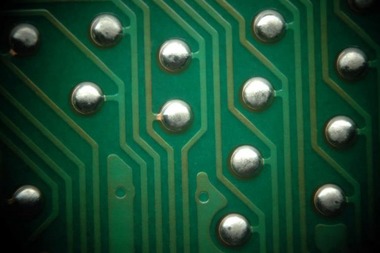☰ Menu
Menu

There are standards for just about everything in the world of manufacturing. These standards are in place to make sure that products perform as they are expected to.
IPC technical courses are designed to instill knowledge regarding different standards for electronics manufacturers. Among these standards is IPC-A-610. This standard covers solder joints for a wide variety of connector termination types.
This standard covers Class 2 and Class 3 solder joints, which have some key differences between them. What characteristics differentiate Class 2 from Class 3? A great way to learn about these differences is to consider a specific type of solder joint: the J-Lead.
IPC-A-610 covers “Acceptability of Electronic Assemblies.” Varying applications almost always have different requirements, and IPC stipulates what a solder joint must look like to meet those requirements. IPC training touches on the standards that differentiate Class 2 and Class 3 solder joints.
Products that have a need for higher-than-average reliability that isn’t necessarily essential often require Class 2 solder joints. Some of the basic characteristics of Class 2 joints include:
Class 2 joints must leave the component lead overhanging the side of the pad and a maximum of 50% of the width of the lead for side overhangs.
Class 2 joints are afforded somewhat of a larger degree of acceptable imperfection in regard to assembly. This includes an overhang or pad offset for the side and the toe, in addition to a thinner end joint width.
The end joint width is defined as the width of your joint at its most narrow point. You’ll learn in your technical courses that this must be a minimum of half of the lead width.
Products that must have continued reliable performance even in harsh/extreme conditions often call for Class 3 solder joints. In general, Class 3 raises the requirements in most areas of inspection over the Class 2 joints.
For example, the side overhang is decreased to a maximum of ¼ of the width of the lead. The side overhang and end joint width is increased in both directions by 25% as well. The end joint thickness for Class 3 soldering joints is increased to a minimum of ¾ of the lead width.
It’s more difficult to create Class 3 solder joints because these standards add to the difficulty of assembling a product that conforms to these requirements.
While there are differences between other types of Class 2 and Class 3 assembly performances, knowing the main differences between them in regard to J-Lead solder connections is a great way to understand the general concept of the two classes.